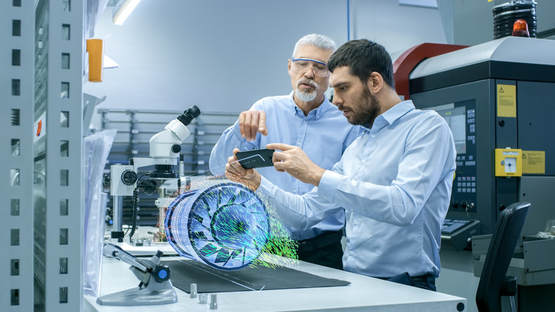 Trackable Safety Results Through AR and VR A strong safety culture is critical to reducing accidents, injuries, and other work-related hazards. But many workers see safety measures as tedious and time-consuming. They often require an exhaustive list of protocols and can even reduce productivity. But harnessing the power of technologies like virtual reality (VR) and augmented reality (AR) may not only inspire and empower workers to take safety into their own hands, they might also reduce workplace injuries and accidents. Statistics show that there’s a strong correlation between worker engagement and better safety practices. In 2016 Gallup found that engaged workers have 70% fewer workplace accidents. Empowering employees through mobilizing a hands-on environment, especially younger workers with more visual, technology-driven approaches, has a tangible impact on reducing incidents. Data can also be used by managers to measure the specific progress and results of training programs for employees using VR and AR technology through an integrated platform. Virtual Reality as a Training Tool
So just exactly how do VR and AR work in the safety industry? These technologies are most widely seen in training scenarios. VR and AR simulations allow workers to experience workplace hazards in a virtual environment. This engagement gives them the freedom to problem solve and hone their reflexes in safety, transcending more traditional methods of safety training. Choosing Between AR and VR Technology While similar technologies, it’s important to know the key differences between VR and AR. VR provides a completely virtual experience of the world, typically through a wearable headset. In contrast, AR superimposes computer-generated images and information on top of the user’s actual view of the world. This is more readily seen in applications that utilize wearables like smart safety glasses and other PPE devices. Although both technologies have their benefits, AR is usually considered more adaptable for safety-related efforts . EHS reports that on-the-spot ussage of AR technology can provide an immediate boost to safety practices, including the ability to display instruction manuals and guides over a workplace scene in an instant. Voice commands and virtual interactions enable workers to free their hands and move safely to perform a task without the risk of dropping a device or losing momentum. A New Frontier in Worker Safety Accessibility is at its highest point, with growth in the virtual reality industry expected to reach $30 million in just the next two years, according to Forbes. The number of employees utilizing VR is also exploding, and according to investment bankers Piper Jaffray, over 500 million VR headsets will be sold by 2025. That’s great news for companies seeking competitive ways to stay ahead of the curve and safety industry professionals seeking a widely available way to maintain their own health and safety goals. When an entire workplace is engaged and individual employees feel empowered, a safer and more productive workplace follows. VR and AR technologies are an accessible, proven way to accomplish occupational safety goals and generate a culture of employee engagement and empowerment. We're looking forward to seeing even more applications of these innovative technologies as we move forward into Industry 4.0. Comments are closed.
|

